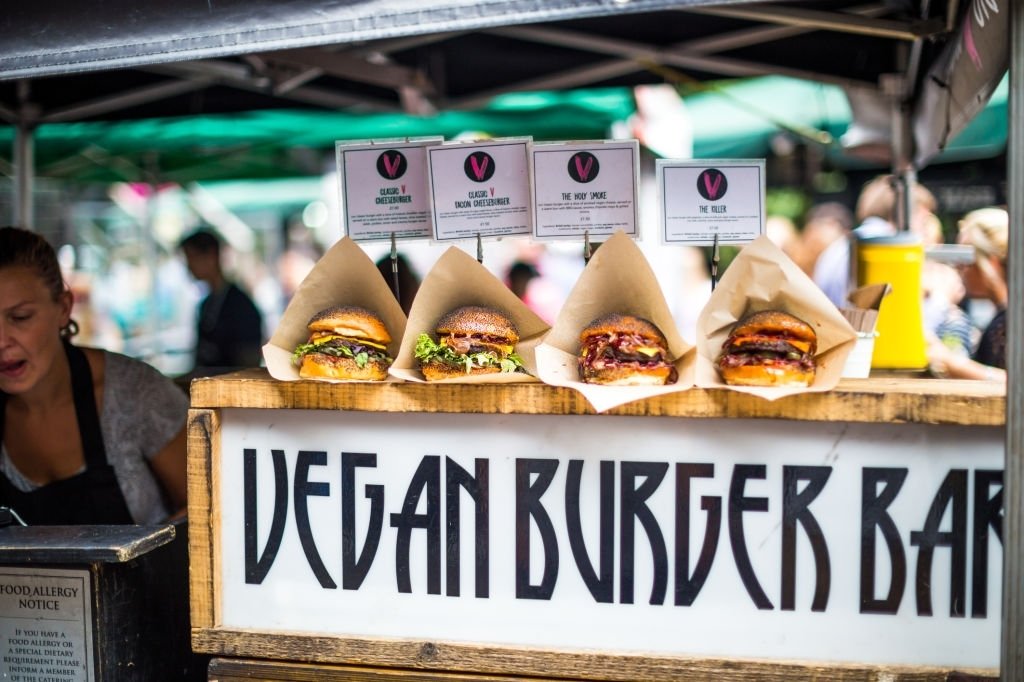While veganism is becoming increasingly popular, there are other diets that share similarities with this lifestyle. Some people might be attracted to these as an introduction or stepping stone before transitioning into full veganism. In this article, we’ll explore several diets similar to veganism, discussing their characteristics and differences.
Let’s get straight into it and look at diets that are similar to veganism.
Vegetarianism
Whether for ethical, environmental, or health reasons, vegetarian diets exclude meat and fish from their meal plans. However, unlike veganism—which eliminates animal-derived products altogether—vegetarians still consume dairy products and eggs.
According to this article about avoiding negative effects of vegan eating, some people may prefer a more gradual transition towards a vegan lifestyle by first adopting a vegetarian diet.
Pescatarian
Pescatarians follow a predominantly plant-based diet but continue eating seafood such as fish and shellfish.
As explained in the can vegans eat seafood article, individuals opting for pescetarianism often do so because they believe it’s healthier and more sustainable than conventional omnivore diets.
5:2 Diet & The Vegan 5:2 Diet
As explained in our articles about combining the 5:2 diet with veganism and different types of vegan diets, the 5:2 diet involves intermittent fasting where you eat normally for five days each week while restricting calories for the remaining two days (500-600 kcal).
The 5:2 diet can be combined with a vegan meal plan to maximize the health benefits associated with both lifestyles.
Raw Veganism
Raw vegans choose to consume only raw, unprocessed plant-based foods. As mentioned in our post about raw vegan tea, raw vegans believe that cooking food above a specific temperature (118°F or 48°C) destroys its natural enzymes, reducing its nutritional value.
While this lifestyle is more restrictive than typical vegan diets, it shares the same core principle of eliminating animal-derived products.
Paleo Diet & The Vegan-Paleo Diet
The Paleo diet—also known as the “caveman” diet—involves consuming foods eaten by our hunter-gatherer ancestors: fruits, vegetables, nuts, seeds, and lean meat (no processed food).
While the traditional Paleo diet includes meat consumption, it focuses on quality meat sources while excluding dairy and grains.
Our article comparing the Vegan diet vs. the Paleo diet highlights how these two approaches might be combined by replacing animal protein with plant-based alternatives such as legumes and soy-based products.
Keto Diet & The Vegan-Keto Diet
s The Ketogenic (Keto) Diet emphasizes low-carb, high-fat intake to achieve a metabolic state called ketosis where your body burns fat instead of glucose for energy.
Although the conventional keto regimen relies heavily on animal fats and proteins, a vegan-keto variation incorporates plant-based fat sources like avocado and coconut oil while favoring protein-rich choices such as tofu and tempeh.
Transitioning To A Vegan Diet
If you’re considering transitioning to a vegan diet and lifestyle, remember that it’s essential to maintain well-balanced meal planning.
We’ve got you covered with resources such as our vegan grocery list for beginners and tips on how to get started as a vegan.
For guidance on properly combining plant foods to create complete protein sources, refer to our article on protein and the vegan diet.
Conclusion: Diets That Are Similar to Veganism
In conclusion, while veganism promotes an entirely plant-based diet and lifestyle, several similar diets focus on increasing plant consumption alongside various restrictions. Depending on individual preferences, goals, and beliefs, these diets might serve as alternatives or stepping stones leading up to full-fledged veganism. Ultimately, the choice is yours; listen to your body and determine what aligns with your own health and ethical values.

